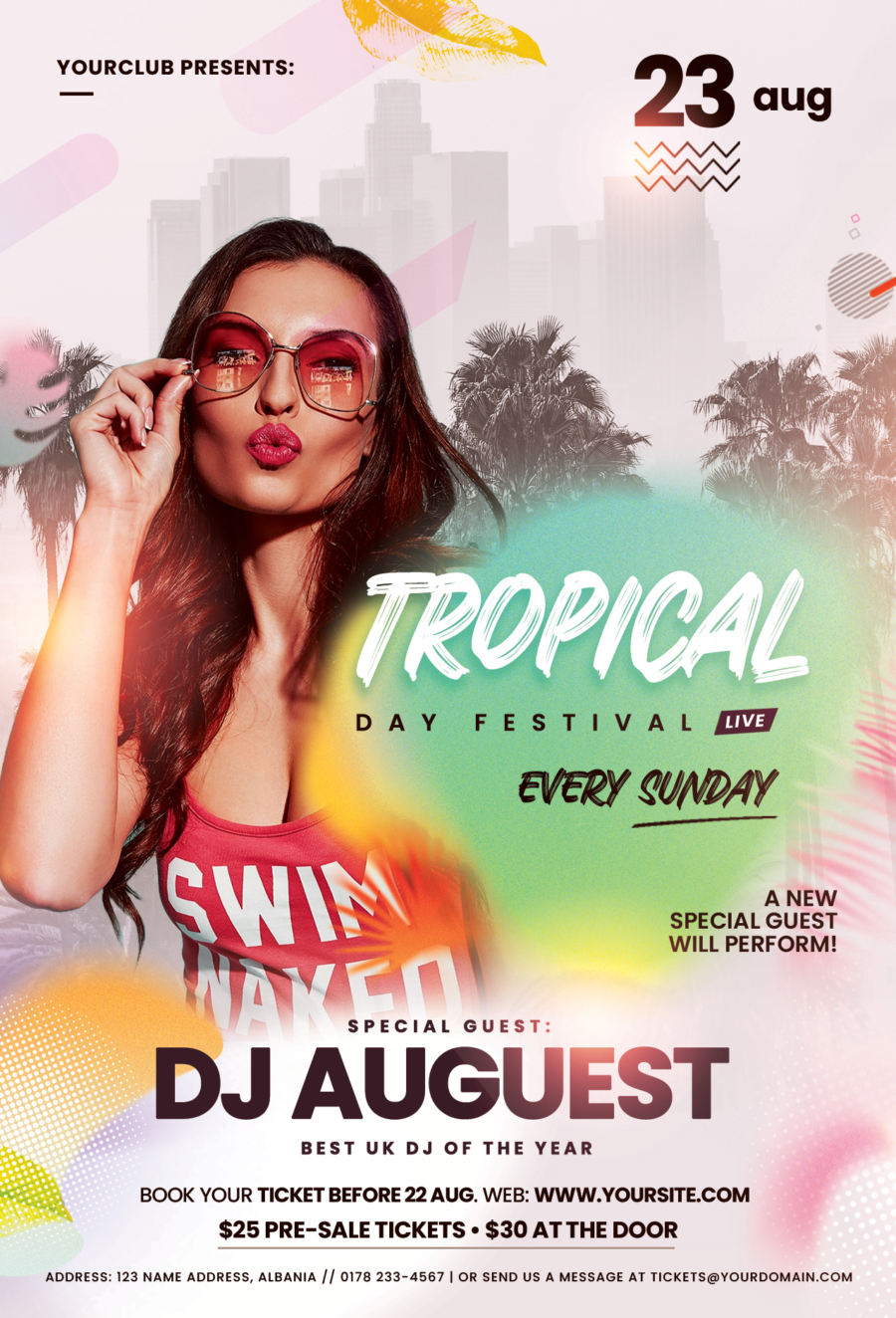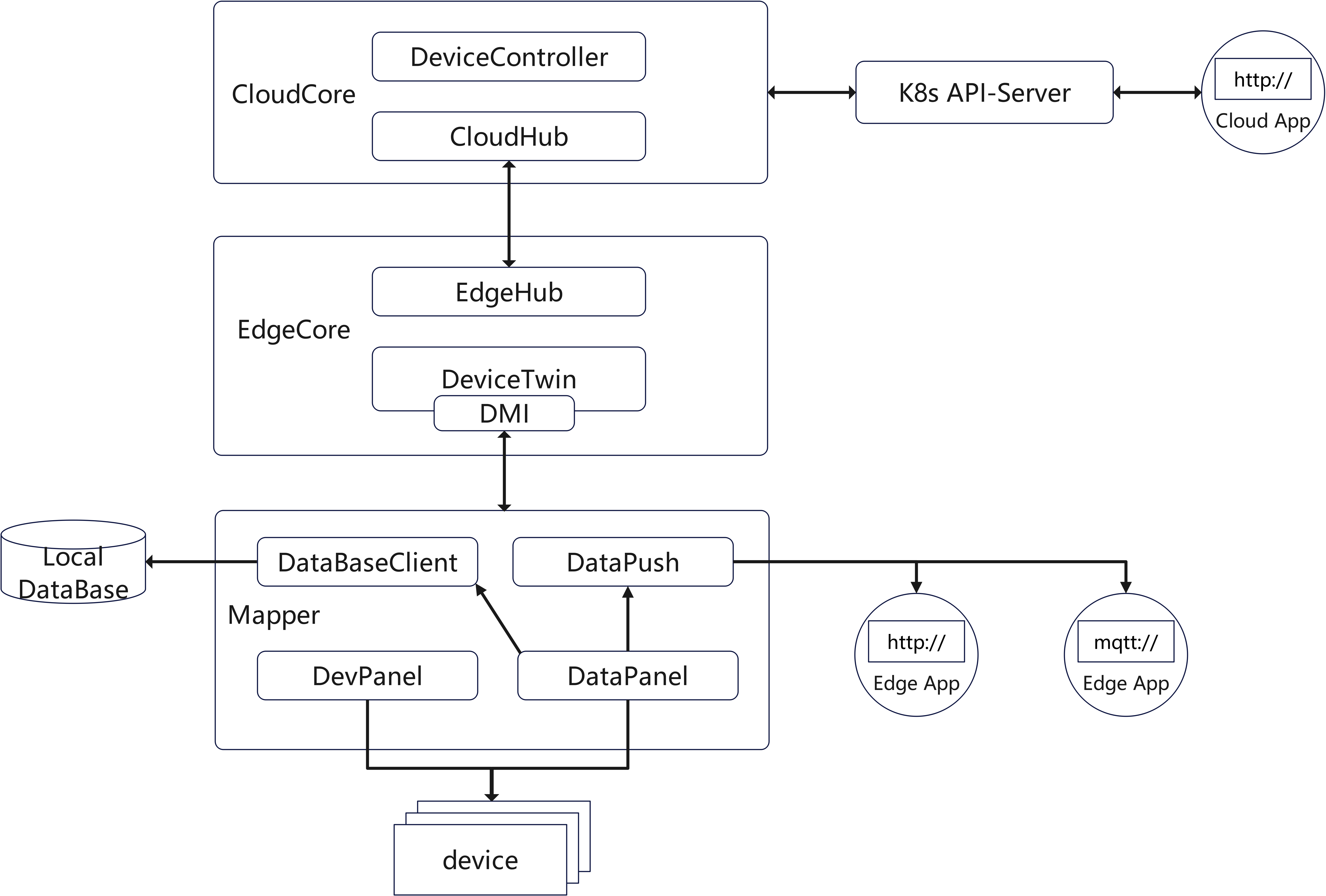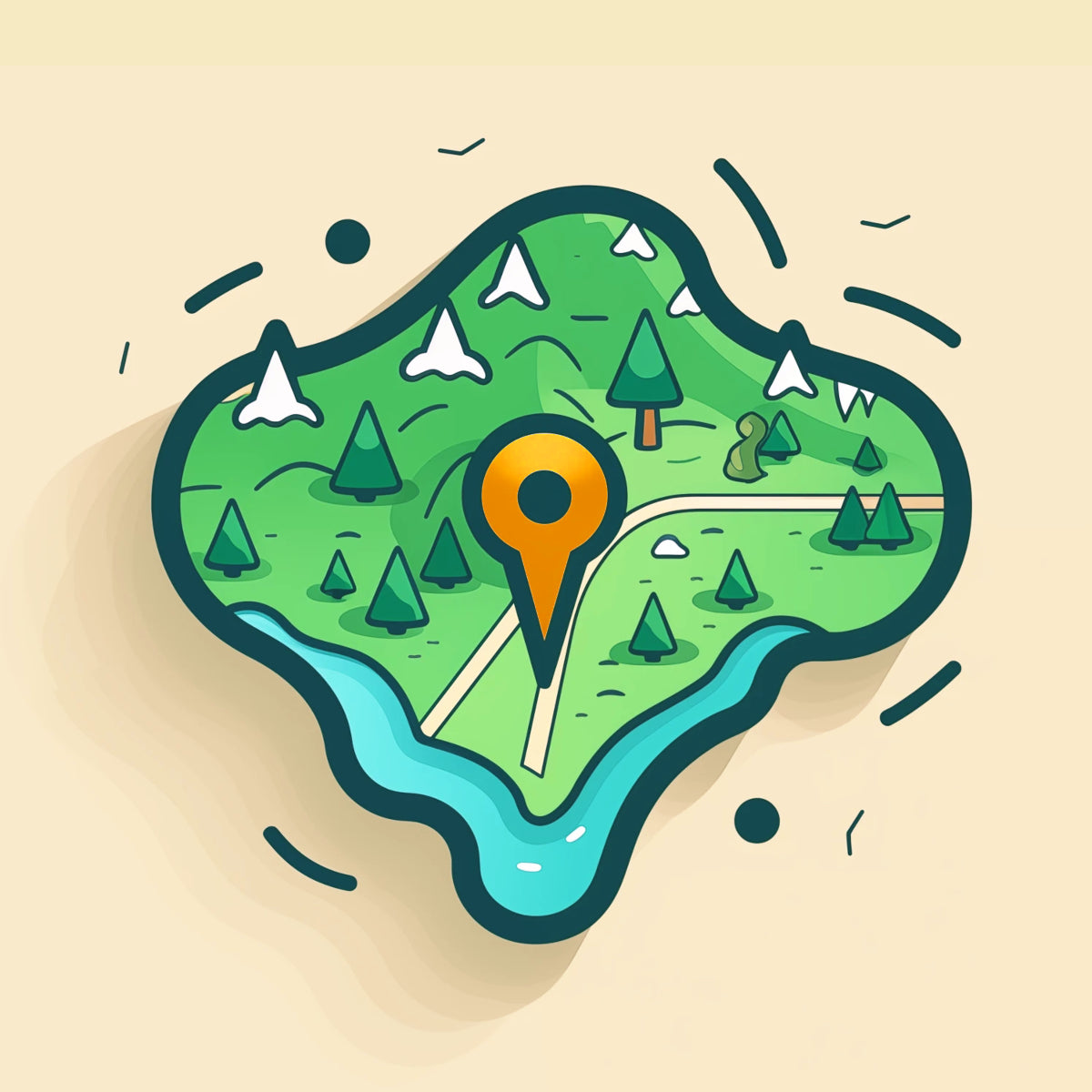Music festivals have become a global phenomenon, attracting millions of enthusiasts who share a passion for melody, rhythm, and cultural exchange. Among these events, the festival instrument mapper has emerged as a unique and highly anticipated celebration. It brings together musicians, artists, and music lovers from all corners of the world to experience a diverse array of sounds and instruments. This festival is not just about music; it's about discovering the stories behind each instrument and the cultures they represent.
The festival instrument mapper is more than just an event; it is a cultural movement that celebrates the rich tapestry of musical traditions. Through workshops, performances, and interactive exhibits, attendees can explore the origins and evolution of various instruments. Whether you're a seasoned musician or a curious listener, this festival offers something for everyone. It serves as a platform for artists to showcase their talents and for audiences to deepen their appreciation of music.
As we dive deeper into the world of festival instrument mapper, we will uncover its history, significance, and the impact it has on the global music scene. This article will guide you through the various aspects of the festival, offering insights, tips, and recommendations for those who wish to attend. Let's explore the magic of music and culture together.
Read also:Unveiling The Truth Behind Malu Trevejo Leaks
Table of Contents
- The History of Festival Instrument Mapper
- Why Festival Instrument Mapper Matters
- Where Does the Festival Take Place?
- Featured Instruments at the Festival
- Meet the Artists Behind the Music
- Interactive Workshops and Activities
- Culinary Delights at the Festival
- Tips for Attending the Festival
- The Future of Festival Instrument Mapper
- Conclusion
The History of Festival Instrument Mapper
The festival instrument mapper was first conceived in 2010 by a group of passionate musicians and cultural enthusiasts. Their vision was to create an event that would celebrate the diversity of musical instruments from around the world. Over the years, the festival has grown exponentially, attracting participants and visitors from every continent. It has evolved into a multi-faceted experience that combines live performances, educational workshops, and cultural exhibitions.
Initially, the festival focused on traditional instruments from Asia, Africa, and Europe. However, as its popularity grew, it began to incorporate instruments from indigenous cultures, contemporary genres, and even experimental sounds. This expansion has made the festival a truly global event, reflecting the universal language of music.
Key Milestones in the Festival's Growth
- 2010: The inaugural festival takes place in Berlin, Germany.
- 2015: Expansion to include virtual participation options for global audiences.
- 2020: Introduction of the "Instrument Discovery Zone" for hands-on learning.
Why Festival Instrument Mapper Matters
In a world increasingly divided by borders and differences, the festival instrument mapper plays a crucial role in fostering understanding and unity through music. By showcasing instruments from various cultures, it highlights the shared human experience of creating and enjoying music. This festival is a reminder that despite our diverse backgrounds, we all find joy in rhythm and melody.
Moreover, the festival instrument mapper supports the preservation of traditional music and instruments that might otherwise be forgotten. It provides a platform for musicians and artisans to share their crafts with a wider audience. Through partnerships with educational institutions and cultural organizations, the festival also contributes to research and documentation of musical heritage.
Impact on Global Music Culture
The festival's influence extends beyond its attendees. It inspires musicians to experiment with new sounds and collaborate across cultures. It also encourages the development of innovative technologies that enhance the way we experience music. By bridging gaps between traditional and modern practices, the festival instrument mapper paves the way for a richer, more inclusive musical future.
Where Does the Festival Take Place?
The festival instrument mapper rotates its location each year, ensuring that it reaches a wide and varied audience. Past venues have included vibrant cities such as Tokyo, Istanbul, and New York. The choice of location is carefully considered to reflect the cultural significance of the region and to provide a unique setting for the festival.
Read also:Rabies T Lagomorph Understanding The Threat And Protecting Our Wildlife
Each location offers its own charm and attractions, enhancing the overall festival experience. From historic concert halls to open-air amphitheaters, the venues are selected to complement the diverse range of performances and activities. Attendees are encouraged to explore the local culture and cuisine, making the festival a full-immersion experience.
Upcoming Locations
In 2024, the festival will take place in Buenos Aires, Argentina, known for its rich musical heritage and vibrant arts scene. This location will highlight Latin American instruments and rhythms, adding a new dimension to the festival's offerings.
Featured Instruments at the Festival
One of the highlights of the festival instrument mapper is the wide array of instruments on display. From the haunting sounds of the didgeridoo to the intricate melodies of the sitar, the festival showcases instruments that tell stories of their respective cultures. Attendees can listen to live performances, participate in workshops, and even try their hand at playing these instruments.
Below are some of the featured instruments you can expect to see at the festival:
Traditional Instruments
- Sitar (India)
- Didgeridoo (Australia)
- Koto (Japan)
Contemporary Instruments
- Theremin (Electronic)
- Hang Drum (Modern Percussion)
Meet the Artists Behind the Music
Behind every instrument lies a skilled artist who breathes life into its sound. The festival instrument mapper brings together renowned musicians and emerging talents from around the world. These artists not only perform but also engage with the audience, sharing insights into their craft and the stories behind their music.
Some of the featured artists include Grammy-winning musicians, traditional instrument masters, and innovative composers. Their performances are a testament to the power of music to transcend language and cultural barriers.
Notable Artists in 2024
- Ravi Shankar's protégé, Anoushka Shankar, will perform classical Indian music.
- African percussionist Babatunde Olatunji will showcase his unique drumming techniques.
Interactive Workshops and Activities
One of the most engaging aspects of the festival instrument mapper is its interactive workshops. These sessions allow attendees to learn directly from experts and gain hands-on experience with various instruments. Whether you're a beginner or an experienced musician, there's something for everyone.
Workshops cover a range of topics, including instrument maintenance, playing techniques, and cultural significance. Participants can also join group sessions where they collaborate with others to create music together. These activities foster a sense of community and shared learning.
Popular Workshops
- Introduction to the Sitar
- Advanced Percussion Techniques
Culinary Delights at the Festival
No festival is complete without delicious food, and the festival instrument mapper offers a culinary experience as diverse as its musical offerings. Food stalls and restaurants from around the world set up shop, providing attendees with a taste of global cuisine. From spicy curries to sweet pastries, the festival's food scene is a feast for the senses.
Many of the food vendors incorporate local ingredients and traditional recipes, adding an authentic touch to the dining experience. Attendees can enjoy meals while listening to live music or take a break between workshops to savor a quick snack.
Tips for Attending the Festival
Attending the festival instrument mapper is an unforgettable experience, but a little preparation can go a long way. Here are some tips to help you make the most of your visit:
What to Bring
- Comfortable shoes for walking around the festival grounds.
- A reusable water bottle to stay hydrated.
How to Plan Your Schedule
With so many performances and workshops to choose from, it's important to plan your schedule in advance. Prioritize the activities that interest you the most and leave some room for spontaneity. The festival's mobile app can help you keep track of your itinerary and provide updates on any changes.
The Future of Festival Instrument Mapper
As technology continues to evolve, the festival instrument mapper is embracing new ways to enhance the attendee experience. Virtual and augmented reality are being integrated into workshops and exhibits, allowing participants to explore instruments in immersive ways. Additionally, the festival is expanding its online presence, offering live streams and digital content for those who cannot attend in person.
The festival's commitment to sustainability is also a key focus for the future. Efforts are being made to reduce waste, promote eco-friendly practices, and support local communities. By prioritizing these initiatives, the festival instrument mapper aims to set an example for other events in the industry.
Conclusion
The festival instrument mapper is a celebration of music, culture, and community that brings people together from all walks of life. Through its diverse range of activities and performances, it offers a unique opportunity to explore the world of instruments and deepen our appreciation of music. Whether you're attending in person or experiencing it online, the festival promises an enriching and inspiring experience.
We invite you to join the festival instrument mapper and become part of this global movement. Share your thoughts and experiences in the comments below, and don't forget to follow us on social media for updates and announcements. Together, let's continue to celebrate the universal language of music.


